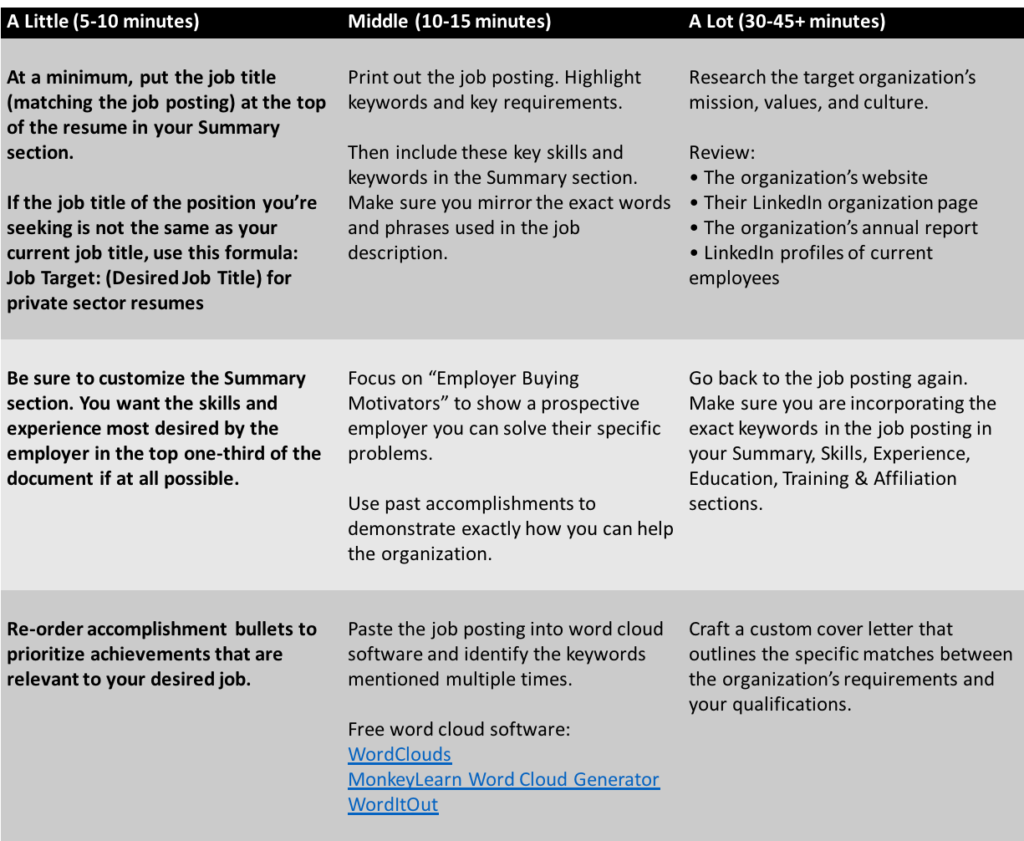Instead of listing references on your resume, or even noting “references available upon request,” all job seekers should have a professional reference page to provide when asked for references. Identifying and preparing a reference page is about more than listing your supervisor—or your best friend.
Choosing References
Make sure to choose at least 5 references. Typically, employers ask for three business references. Some ask for one or two personal references, excluding family members. Prepare more professional references and choose the best for each application.
Appropriate references are usually previous bosses, supervisors, and employers or leaders of volunteer organizations with which you are affiliated. If these choices are not available, consider customers, vendors, professors, and/or professional colleagues from networking, professional, or community organizations.
Select only articulate individuals who will give a positive, professional reference. If there are doubts, it is best for you not to consider that person as a reference. If you have worked in a variety of career fields, the best strategy is to obtain references that can speak with knowledge about your performance in areas relevant to your current job search.
Preparing References
Before you add a reference to your list or use the reference in an online application, obtain the reference’s permission by emailing, telephoning, or meeting with them.
To prepare professional references, you should provide copies of your resume and a summary of your current career goals. You can email the job description of the position for which you are applying or share three to four of the most important points mentioned in the job announcement. This helps the reference understand how to describe you in terms that are relevant and specific to the goal at hand.
Remind the reference of relevant projects or tasks in which they were both involved. Offer to answer questions or have a conversation regarding the specific qualifications relevant to the desired position. This conversation can refresh the reference’s memory of your qualifications and help you to understand what pieces of information would be most helpful in a letter of reference or when discussing you with the hiring manager.
In addition to vetting talents and skills, good references can speak with knowledge about your work ethic and personal characteristics such as integrity, honesty, dependability, punctuality, and attitude.
Following up with References
Maintain contact and a good business rapport with your selected references. Each time you apply for a new position, the references who will be asked to speak on your behalf should be contacted and emailed the job description for the position.
Saying thank you is VERY important to the relationship with your references and to ensure they do not become disinterested in continuing to provide references for you. Do not take references for granted.
Don’t be caught off-guard. Now is the perfect time to update your references so you’re ready for that next opportunity!
For more information about References check out these blog posts:
Or subscribe to our YouTube channel for even more career advice & tips!





